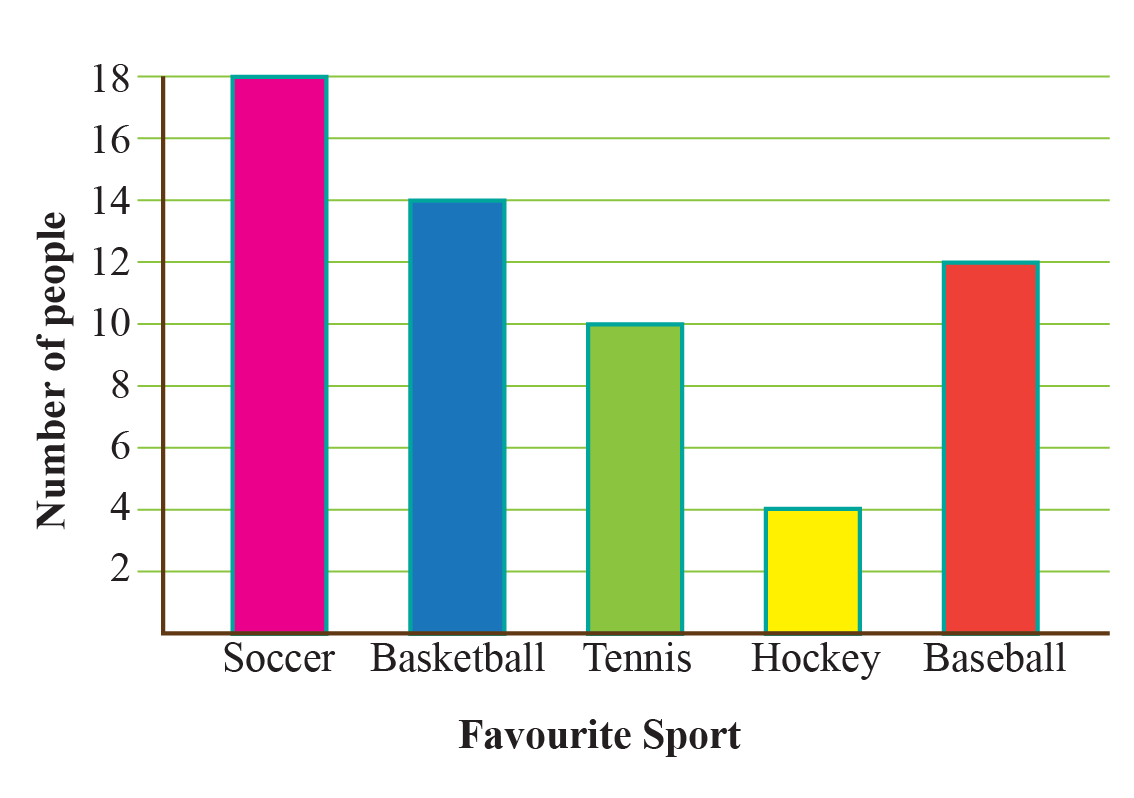Data is the lifeblood of any organization, and making sense of it requires a sound understanding of statistical analysis. As a data professional, it's your responsibility to know the six types of data that exist, so you can handle it appropriately. In this post, we'll discuss these types and how to treat them. Firstly, there's nominal data. This kind of data refers to variables that have no inherent order, for example, gender, race, or religion. There's no way to say that one is "better" than the other in a nominal sense. Nominal data is best represented graphically using pie charts, bar graphs, or frequency tables. Ordinal data is another type that refers to variables that have an explicit order. For instance, educational attainment, customer satisfaction, or job seniority. Ordinal data is often represented with bar charts or histograms that show the frequency distribution of values. Next up is interval data, which has an equal distance between values, but no absolute zero point. The intervals between the values are meaningful but, without a true zero point, it makes no sense to calculate ratios. Examples include temperature or standardized test scores. Interval data is best suited for displaying through histograms, scatter plots, or box plots. Ratio data is similar to interval data, except that it does have a true zero point, which makes it possible to calculate ratios. Examples of ratio data include height, weight, or time. Common methods of displaying ratio data include line graphs, scatter plots, and box plots. Discrete data refers to values that can only take particular values, such as integers. A good example of discrete data is the number of children in a household, which can only be an integer value such as 1, 2, or 3. Discrete data is best represented graphically with histograms, bar charts, or pie charts. Finally, continuous data describes variables that can take any value within a range. Examples include height, weight, or temperature. Continuous data is best suited for displaying through histograms, line charts, and box plots. In conclusion, understanding the six types of data is essential to handle data accurately. The appropriate chart or graph type to use depends on the data's type, which can be nominal, ordinal, interval, ratio, discrete, or continuous. By identifying the type of data, professionals can effectively use charts and graphs to communicate their findings.
If you are looking for 6 Types of Data: Every Statistician & Data Scientist Must Know you've came to the right place. We have 6 Pics about 6 Types of Data: Every Statistician & Data Scientist Must Know like discrete data ~ A Maths Dictionary for Kids Quick Reference by Jenny Eather, Discrete Data - Cuemath and also Discrete Data - Cuemath. Here you go:
6 Types Of Data: Every Statistician & Data Scientist Must Know
 intellspot.com
intellspot.com data continuous discrete types vs examples science statistics different research pdf scientist must every know conclusion skills comments
Discrete Data ~ A Maths Dictionary For Kids Quick Reference By Jenny Eather
 www.amathsdictionaryforkids.com
www.amathsdictionaryforkids.com discrete data example kids quantitative maths continuous days week
Discrete Data - Cuemath
 www.cuemath.com
www.cuemath.com discrete representation graphical therefore
Discrete Data - Cuemath
 www.cuemath.com
www.cuemath.com discrete
What Is An Example Of A Discrete Variable - Slidesharedocs
 slidesharedocs.blogspot.com
slidesharedocs.blogspot.com discrete variables slidesharedocs
Discrete Data - Cuemath
 www.cuemath.com
www.cuemath.com discrete observe graphical modes
Discrete representation graphical therefore. Discrete variables slidesharedocs. Discrete data ~ a maths dictionary for kids quick reference by jenny eather
 intellspot.com
intellspot.com  www.cuemath.com
www.cuemath.com  www.cuemath.com
www.cuemath.com  slidesharedocs.blogspot.com
slidesharedocs.blogspot.com  www.cuemath.com
www.cuemath.com 

0 Post a Comment: